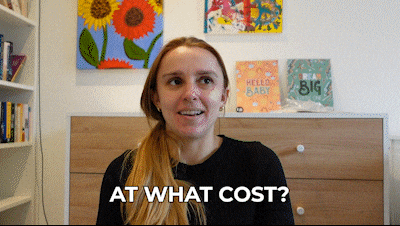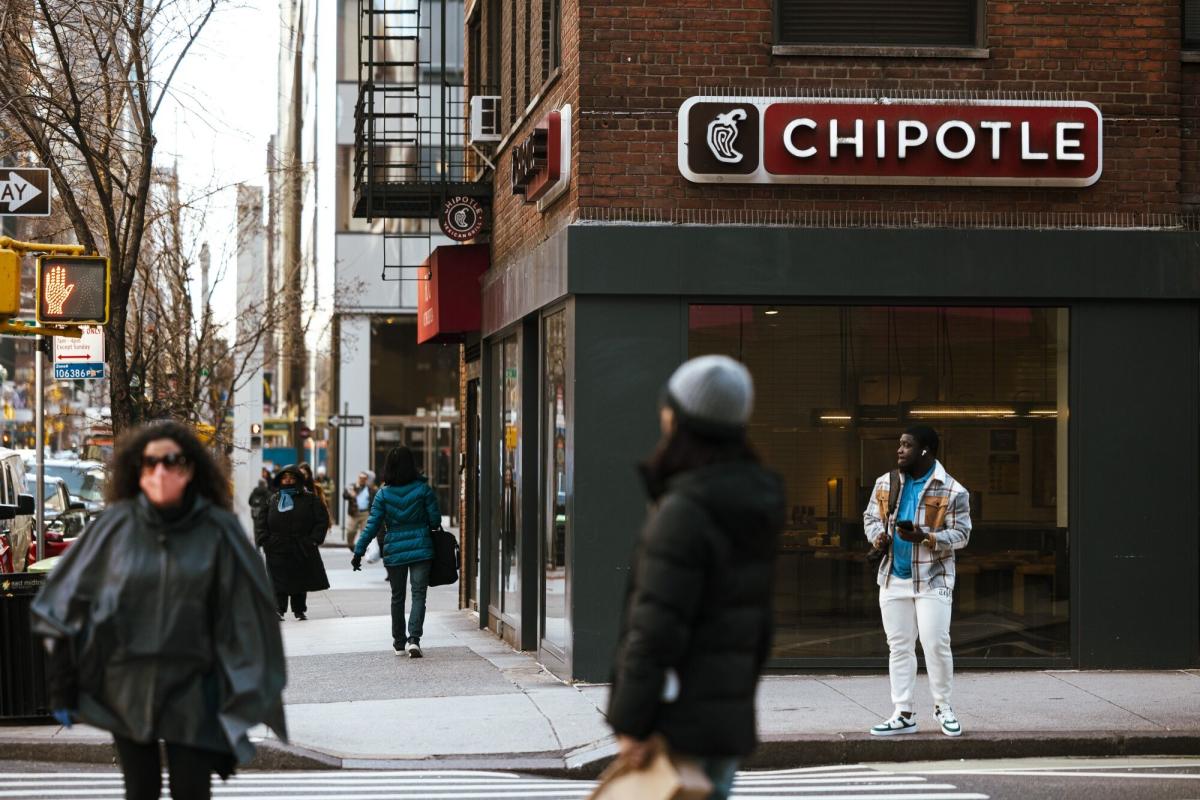- Finterview
- Posts
- 🌯 Chipotle’s 50-to-1 Stock Split
🌯 Chipotle’s 50-to-1 Stock Split
Calculating the cost of debt...
⏱ Reading Time: 2 Minutes 58 Seconds
Happy Saturday, future bankers!
Hope everyone is doing well! Today we’re covering how to calculate the cost of debt, a time you had to make a decision without all the information, and Chipotle’s historic stock split.
🚀 Let’s get into it.
🔢 Technical Question

Gif by travisband on Giphy
How do you calculate a company’s cost of debt?
The cost of debt is the effective interest rate a company pays on its debts. It’s often calculated using the company’s Yield to Maturity (YTM) on its debts. Here’s a simple way to calculate it:
Identify the company’s debt: This information can be found in the company’s balance sheet. It could be in the form of bonds, loans, or other forms of debt.
Find out the Yield to Maturity (YTM): YTM is the total anticipated return on a bond if the bond is held until it matures. YTM is expressed as an annual percentage rate (i.e., yield). You can find this in the bond prospectus or financial news websites.
Tax Adjust the YTM: Interest expense is tax-deductible. Therefore, the net cost of debt is less than the gross interest expense. The corporate tax rate can be found in the company’s income statement.
Remember, the cost of debt is only part of a company’s capital structure. The other part is the cost of equity. Both are used to calculate the Weighted Average Cost of Capital (WACC), which is the average rate a company is expected to pay to finance its assets.
🗣 Behavioral Question

Gif by lilly on Giphy
Tell me about a time that you had to make a decision without all of the information that you needed.
When responding to this question, you should aim to demonstrate your problem-solving skills, decision-making abilities, and comfort with ambiguity. Here’s a step-by-step guide on how to structure your response:
Situation: Start by setting the context for your story. Describe a specific instance when you were faced with a decision that required you to act with incomplete information. Be concise and focus on the details relevant to your decision-making process.
Task: Explain your role in the situation. What was your responsibility? What was the challenge you were facing?
Action: Discuss the steps you took to navigate the situation. How did you assess the information you had? Did you seek out additional information? How did you weigh the risks associated with each potential decision?
Result: Share the outcome of your decision. It’s okay if the result wasn’t entirely positive — what’s more important is to show that you learned from the experience. Discuss what you would do differently if faced with a similar situation in the future.
Reflection: Reflect on what this experience taught you about making decisions with incomplete information and how it has influenced your approach since then.
Remember, the interviewer is interested in understanding your thought process, so be sure to highlight your analytical thinking, initiative, and judgement throughout your response. It’s also beneficial to tie your answer back to the skills and qualities that are important in investment banking, such as risk management, strategic thinking, and decisiveness.
🗞 Industry News

🌯 Chipotle’s 50-to-1 Stock Split
Chipotle is making headlines with its proposal for a historic 50-to-1 stock split, one of the largest ever on the New York Stock Exchange. This move, pending shareholder approval at Chipotle’s annual meeting on June 6, aims to make its shares more accessible to a broader range of investors and employees. The stock split won’t change anything about the company except for its price per share, but it has already caused a stir in the market, with Chipotle shares rallying to fresh highs and building on a record-breaking run that has seen the stock rise more than 26% this year.
The rationale behind the split is to make the stock more accessible, as one share of Chipotle currently costs nearly $2,900, more than the average American homeowner’s monthly mortgage payment. A 50-for-1 split would bring Chipotle shares down to roughly $60, making it more akin to the price of a takeout order. This move follows similar actions by other S&P 500 companies this year, such as Cooper Cos. Inc. and Walmart Inc., who enacted 4-for-1 and 3-for-1 splits respectively. The goal of these splits is to remove share-price sticker shock, potentially expanding the investor pool, increasing liquidity and demand, and making the stock more appealing to retail investors.
Read more about this story below.
Thanks for tuning in today! Best of luck to everyone working through recruiting right now. If you sign an offer, reply to this email and let us know about it! Like seriously, do it—we’d love to hear about it!
-The Finterview Team
